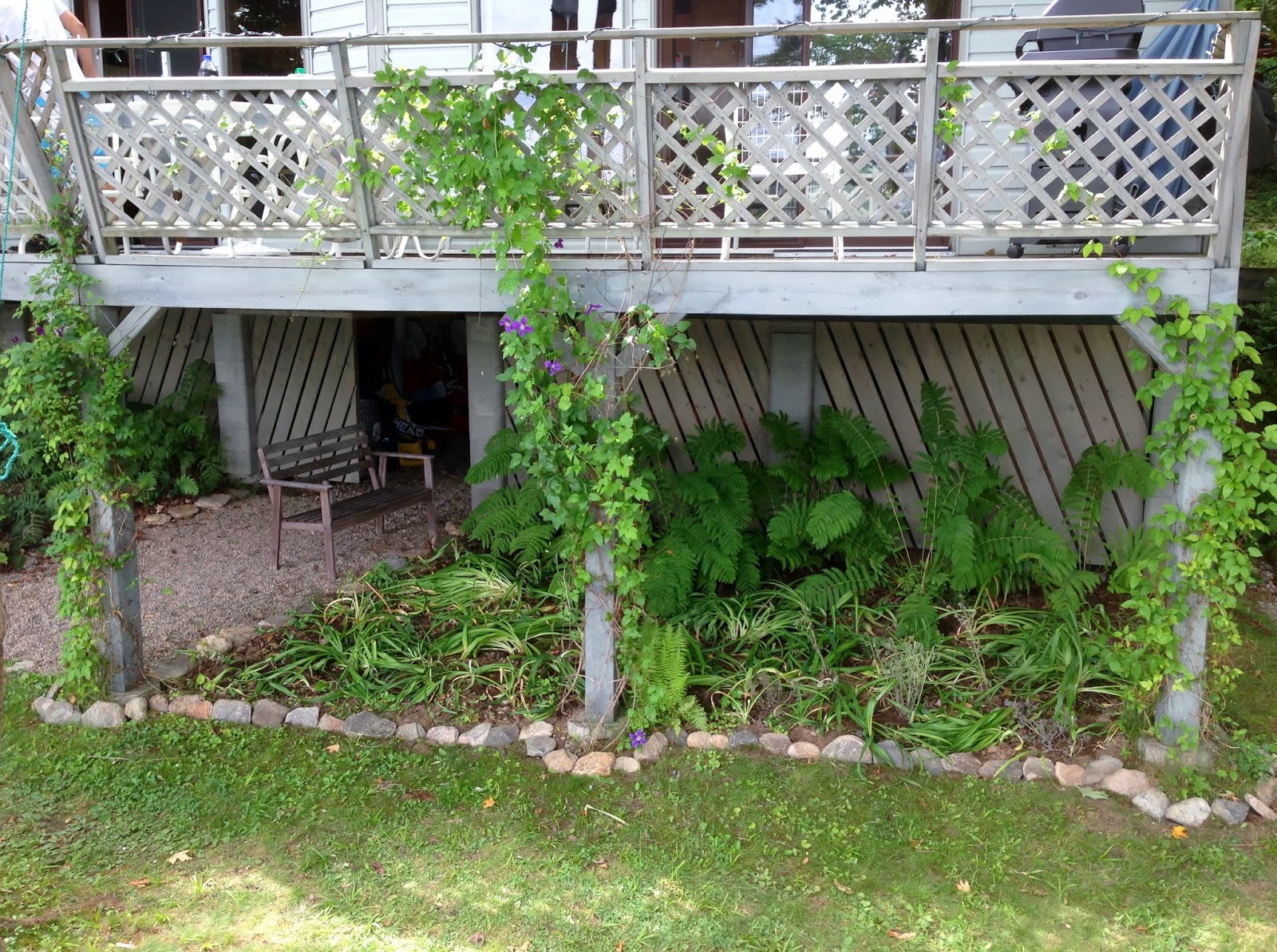How succulents can survive in zone 3, let alone our coldest winter in living memory amazes me, but there are definitely signs of life (as well as a couple of casualties).
Last May I introduced you to the Alpine Garden, which is made up of flat rocks that must have been the old concrete sidewalk before a new path was put down. You voted to mix Sempervivum and Sedum together, which I tried at first but eventually split apart because the Sedum just covered the poor little Hens 'n Chicks right up.
As the season wore on last year however the mounds of earth I had topped with the Hens 'n Chicks shrunk as the earth settled, so in the fall I needed to build them up again.
Upon close inspection I could see that some were beginning to rot due to moist conditions since Sempervivum typically prefer dry locations.
So I dug it all up and put them aside in a container.
Then I added lots of sand, mixed it up and planted them all back again.
Labour intensive perhaps, but I had not planted them in the right conditions in the first place, so the responsibility was mine to fix it.
It will be very interesting for me to see how well they come back this year and if more sand is needed or if they take off and start spreading under the big Blue Spruce as planned.
***
Sharing with

.JPG)















.JPG)
.JPG)
.JPG)
.JPG)
